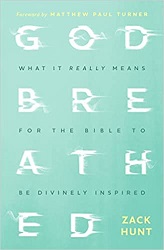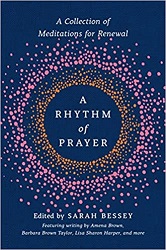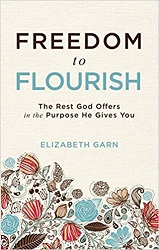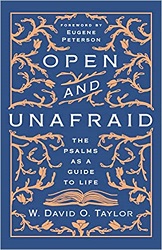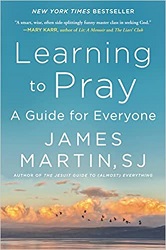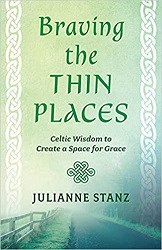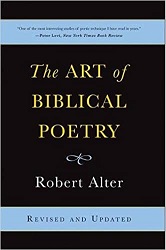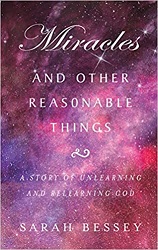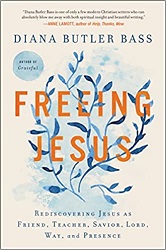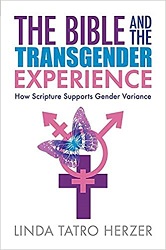Review of Godbreathed, by Zack Hunt
What It Really Means for the Bible to be Divinely Inspired
by Zack Hunt
Herald Press, 2023. 188 pages.
Review written May 30, 2023, from my own copy purchased via amazon.com
Starred Review
Godbreathed is a book about inspiration and what that means when we’re talking about the Bible, but also what it means when we’re talking about ourselves.
Zack Hunt was brought up, as I was, revering the Bible and believing in its inerrancy. But he shows in this book what’s wrong with that and how Christians who worship the Bible end up worshiping their own interpretation of it.
Here are some thoughts I marked from the first chapter:
When we transform the Bible into the divine, or more accurately our interpretation of the Bible into “a biblical worldview,” we begin to focus on the story we think it tells, rather than the story we are being invited into. When we conclude we have the Bible figured out, we end up telling others where they belong instead of trying to figure out our own place within the story of the people of God. We begin to tell a new story of our own creation and we have become very bad storytellers. We tell stories about exclusion and damnation, oppression and misogyny, of condemnation of the poor and scapegoating the stranger, and we do it all in the name of God.
When we put bad stories in the mouth of God, we smother what the Hebrew Bible calls the ruach of God, the very breath of God — that is to say, the Spirit herself from blowing how and where she will and to and through whom she will. This sort of idolatry kills, sometimes physically, but always spiritually. It should come as no surprise then to see the Bible lose not just its place of authority in modern life, but also its relevance or appeal to anyone not already warming a pew on Sunday morning. After all, who would want to be part of a story that crushes your spirit with constant judgment and damnation?
But this is not a book primarily about tearing down beliefs. It’s also a look at how the Spirit moves in the living church today.
It is from this biblical rebirth that we can begin to reimagine divine inspiration not as a form of heavenly dictation, but a Spirit-infused, wholly saturated way of life that begets more life. This is the indwelling of the spirit in our lives, this inspiration, literally the in-Spirit-ing of our very being. Or as the Bible calls it, being godbreathed (2 Timothy 3:16).
This is by no means a book about throwing out the Bible. But the author looks at the Bible as a godbreathed book written by humans in specific places and times. This is an uplifting book challenging but also helping the reader to be moved by the Bible to live a life of love.
I can’t say it enough: you are godbreathed. You. The one reading these words right now. God breathed you into existence and wants you to find your story within the story of faith that has already been told and is being told all around you. This is the calling of all godbreathed things, whether that be the written word or flesh and bone — to be godbreathed, to be filled with the Spirit of God, to be filled with love and wonder and share that love and wonder with the rest of the world just as God first shared it with us. We cannot make any claim to believing the Bible is godbreathed if that belief in a godbreathed word doesn’t lead us to love our godbreathed neighbors just as God first loved us.
Find this review on Sonderbooks at: www.sonderbooks.com/Nonfiction/godbreathed.html
Disclosure: I am an Amazon Affiliate, and will earn a small percentage if you order a book on Amazon after clicking through from my site.
Disclaimer: I am a professional librarian, but the views expressed are solely my own, and in no way represent the official views of my employer or of any committee or group of which I am part.
What did you think of this book?
